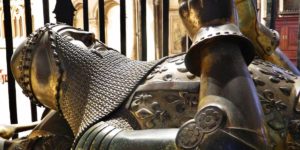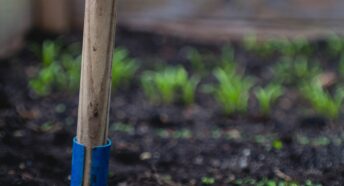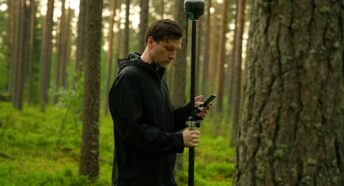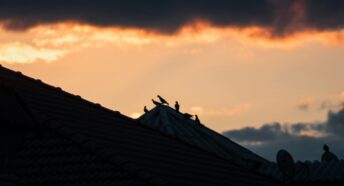The Black Hedge
THE BLACK HEDGE
Hedgerow dating is a simple technique that can give a rough idea of the date of a hedge. You select a 30-metre section of a hedgerow and note how many different species of bush or tree you find within it. Generally speaking each species counts for a century. So, three species suggests a date of around 300 years old!

Some of the common hedge species you may see in Buckinghamshire are: Hawthorn, Blackthorn, Hazel, Spindle, Oak, Holly and Elm. Other plants found in hedges can also provide clues to the origin of a hedge, e.g. Bluebells and primrose are flowers occurring in or at the edge of woodland.
Their existence in hedges therefore strongly suggests a woodland origin possibly dating back to the 12th – 14th century. Generally speaking wooden fences typically last around 8-10 years. A hedgerow is rot proof and only needs laying every 10-20 years. Written references to field boundaries in Britain can be traced back over a thousand years and one particular hedge in Buckinghamshire has been found on maps as old as the tenth century.
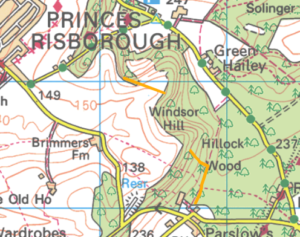
The Black Hedge is an impressively old hedgerow which marks the boundary of Monks and Princes Risborough. It was found to contain 12.44 species in a 30yd stretch and was first mentioned in 903 AD, that’s around 408,000 days old! So why the need for this boundary? The village names give a clue and also reflect the area’s history. ‘Princes’ Risborough refers to the famous Edward of Woodstock, known to history as the Black Prince, who held the manor in the 14th century, whilst the ‘Monks’ half of Risborough as the name suggests belonged to the Augustinian monastery of Christchurch, Canterbury. The latter half of the name ‘Risborough’ originates from the two villages here in bucks and means ‘brushwood-covered hills’ and comes from two Old English words: ‘hris’ meaning brushwood or scrub, and ‘beorg’ which meant hill.
In the medieval countryside people lived in a very wide variety of settlement types, from individual farms, through hamlets of a few households, to much larger villages. As farming developed, so did the need to define fields, protect crops from wind, weather and roaming wildlife and to pen in livestock. Land was being sectioned up and Edward of Woodstock (The Black Prince) acquired a large chunk of it. During the 1340’s the non-monastic estates of Risborough came under his jurisdiction, where he built a moated palace. It was from this time that the distinction was made between the two twin villages Princes and Monks Risborough. What was chosen to mark this boundary? A dense and thorny, Blackthorn hedge, the perfect natural security. The team that planted it, undoubtedly had any idea that it would still be standing thousands of years on.
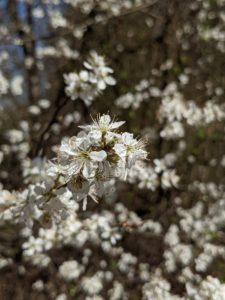
The Blackthorn is famed for its purple fruits called sloes, which is perhaps another reason this species was chosen, due to the medicinal properties of the berries and bark. Sloes were used as remedies for diarrhoea, coughs and colds because of their astringency. The peeled bark boiled in water was used as a remedy for bronchitis and an ingredient in beauty products used to darken the skin. Sloes are also used to make jam, jelly, wine or gin. If you’re brave you can eat sloe raw, though they are incredibly sharp and dry. A spiny shrub, blackthorn has small, oval leaves that are finely toothed, and five-petalled with white flowers that appear in dense clusters.
The hedge also offered and still does offer benefits to local wildlife as the density means it makes a wonderful shelter for birds and other small animals. Blackthorn is a fast-growing hedge with a growth rate of around 40-60cm each year, it can grow well in most soil types, except especially waterlogged soil. Perhaps why this particular hedge has thrived so well for so long, positioned nicely on a hill for natural water drainage. There does not appear to be a link between the Hedge’s name and Edward’s title ‘The Black Prince’ as this was never used during Edward’s lifetime (1330-1376), instead it was thought to have developed after his death, possibly referring to the ornate black armour he regularly wore. The hedge named after its Blackthorn origins, despite being made up of many species today.
Ancient Beginnings,
Once again I see,
These hedge-rows, hardly hedge-rows, little lines,
Of sportive wood run wild,
William Wordsworth
